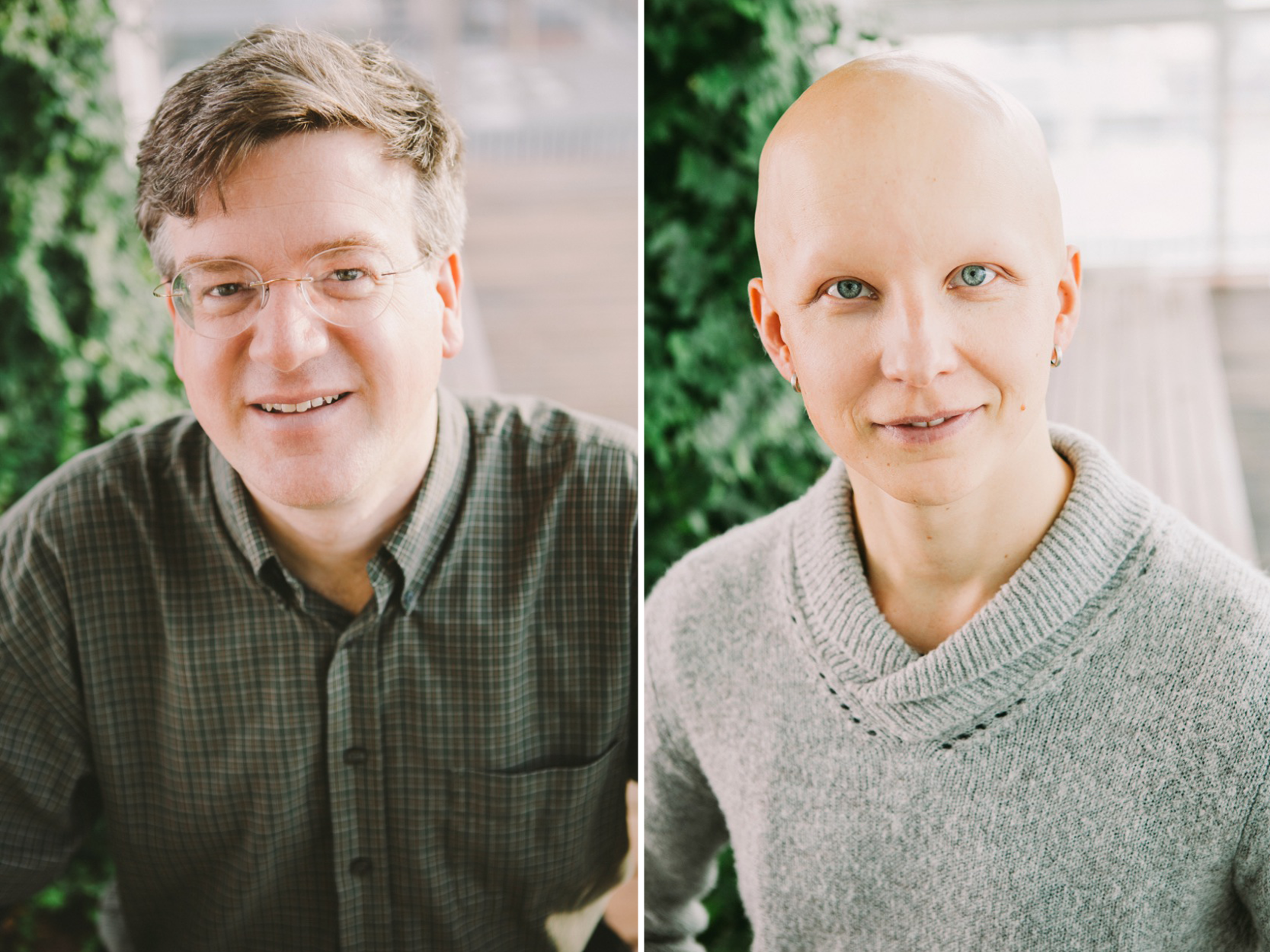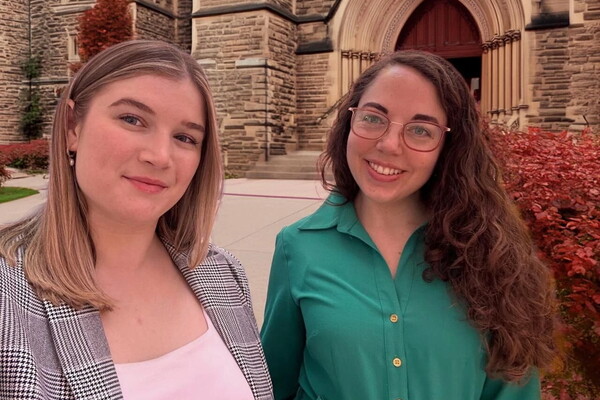Main Second Level Navigation
Sep 9, 2021
Donnelly Centre Researchers Receive $1.9M to Study Effects of Genetic Variation on Health
Research

DONNELLY CENTRE INVESTIGATORS FREDERICK ROTH AND MIKKO TAIPALE WILL LEAD THE EFFORT AT U OF T TO REVEAL HOW VARIATION AT THE DNA LEVEL AFFECTS THE FUNCTION OF ENCODED PROTEINS.


